Monday, October 17, we will meet online.
Need Zoom tech support? Email Phyllis here.
(support available before sangha starts)
On Monday night, Marie will facilitate. She shares:
Dear Thay, dear friends,
On Monday night, we will continue with our month-long theme of engaged compassion and explore the intentions that lie behind our engaged practice and the feelings we experience when engaging. We’ll also look at what happens when we decide not to engage. In fact, that’s where I’m going to start.
Over the last few weeks, I’ve not been well and have scaled back on work - including my engaged practice. And, much to my surprise, instead of feeling guilt and “shoulding” myself, I’m grounded and at peace. What happened?
I’m not entirely sure, hence the invitation to explore these questions together. Perhaps, because my illness was abrupt and somewhat scary, I was jolted into stopping (hard not to do that in a hospital bed) and looking deeply (I had plenty of time!).
I needed to use the capacity I had for my inner work - physical, spiritual and emotional. I didn’t have the space to turn outward - with intentions or actions. And, while that hasn’t stopped me in the past (having had serious health issues and kept on keeping on), this time it did. For that, I’m deeply grateful to the practice, the teachers and this community.
Going forward, I’d like to remember to practice engaged compassion in this way, and some of Thich Nhat Hanh’s quotes provide a “north star.” In a 2003 interview, Thay said “If you don’t have enough peace and understanding and loving-kindness within yourself, your actions will not truly be for peace.” Later, in the same interview, Thay said that “...engaged practice has to do with your daily life, with your suffering and with the suffering of the people around you. You have to learn how to help a wounded child while still practicing mindful breathing. You should not allow yourself to get lost in action. Action should be meditation at the same time.”
With the gift of hindsight, I see that sometimes the intention behind my engaged action has been obligatory or reactive. At other times, the intention comes from a sense of compassion and interbeing. What a difference this makes!
I also see that sometimes, even when the intentions behind my engaged practice have been “noble”, I have gotten “lost in action.” I now have a renewed commitment to look deeply at my intentions and to have my actions be “meditation at the same time.”
In the coming days, I invite you to explore your intentions and actions around engaged actions . You might remember a time when you engaged and a time when you chose not to engage, and ask yourself: in
What draws you to practice compassionate action ? What are your intentions and how do they vary?
What leads you to act/not act on these intentions?
To what extent are your actions a meditation? When does this happen, or not happen, and what allows this to happen?
What else comes as you reflect on your experience with engaged compassion?
I look forward to us being together.
With love and a bow,
Marie

